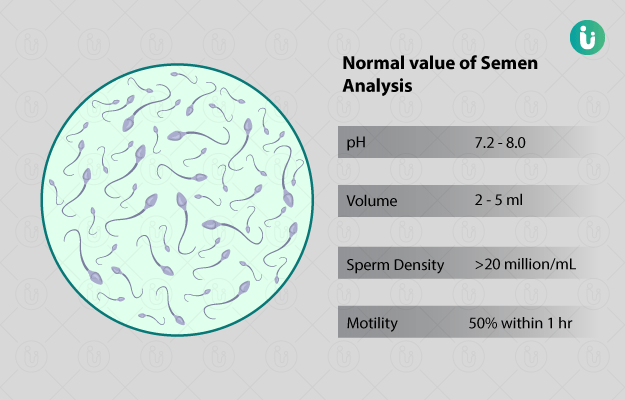What is a Helicobacter pylori test?
Helicobacter pylori or H. pylori is a bacteria that is responsible for causing peptic ulcers- ulcers in the stomach and duodenum. It can also lead to chronic inflammation (gastritis), destruction (erosion) of the inner lining of the stomach and small intestine (duodenum), and even stomach cancer in some cases.
Previously known as Campylobacter pylori, H. pylori commonly affects children and individuals aged above 60 years. The bacteria continue to grow and multiply in large numbers in the inner lining of the stomach (gastric mucosa) until they are completely destroyed with antibiotics. Most people with H. pylori infection do not show any symptoms. However, long-standing mental stress and smoking trigger the development of ulcers and cancer in people with chronic H. pylori infection.
A Helicobacter pylori test includes different procedures that help in the diagnosis of peptic ulcer and stomach cancer. These tests include:
- Serology test: The test detects the immunological response of the body in the presence of H. pylori. The antigen produced by the organism triggers the release of antibodies to fight against the infection. Immunoglobulin G or IgG test is a specific antibody test that detects the reaction between the antigen produced by H. pylori and IgG antibodies in the body
- Urea breath test: This test detects the presence of carbon dioxide in the patient’s breath, which is released due to the action of H. pylori on urea combined with a radioactive substance that is swallowed in the form of a capsule.
- Stool antigen test: This test detects H. pylori antigen through an immunologic reaction (enzymatic immunoassay or enzyme-linked immunosorbent assay [ELISA]) in a stool sample
- Biopsy: A specimen of the lining of the stomach using endoscopy helps identify H. pylori in stomach cells under a microscope






























